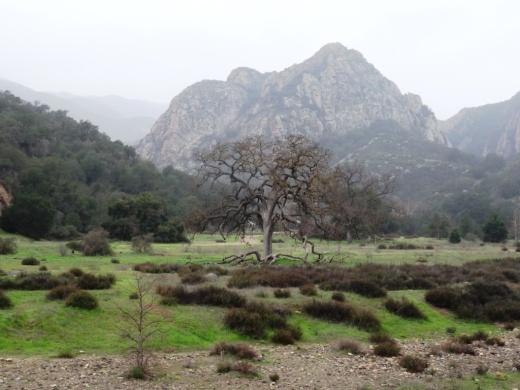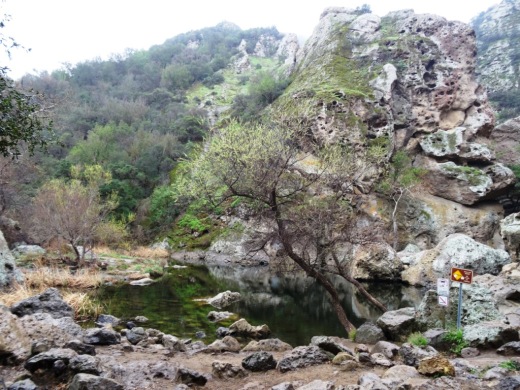Koi Ponds In and Around Ventura County and Surrounding Areas
/On a recent visit to The Commons at Calabasas we were treated to a beautiful pond full of koi and turtles cohabitating. Koi comes from the Japanese word nishikigoi, which means "brocaded carp." Koi is basically domesticated, ornamental carp. In Japanese, the word koi sounds like another word that mean affection or love.
Where to find koi in Ventura County and surrounding areas? Here's what we know:
There is a koi pond at The Promenade at Westlake, next to Marmalade Cafe.
Friendly looking koi looking for handouts at The Lakes at Thousand Oaks.
The bottom level pond at The Lakes at Thousand Oaks has lots of koi, frolicking around with the ducks, even during the winter when the Holiday Ice Rink is in use.
Green Thumb Nursery on Victoria Avenue in Ventura has a small koi pond container in the back that is fun to observe with the kids.
The pristine Gardens of the World on Thousand Oaks Boulevard has a Japanese Garden that contains a beautiful koi pond.
Koi pond at The Gardens of the World in Thousand Oaks
The Santa Barbara Zoo has a large koi pond area with some very healthy looking koi, swimming among the lily pads.
Last I checked there were a lot of koi amongst the hundreds of ducks at Conejo Creek Park in Thousand Oaks.
The Simi Valley Town Center has a koi pond on the west side of the mall where you can get up close and personal with them.
Koi pond at west end near Studio Movie Grill.
As noted at the beginning of the article The Commons at Calabasas has quite a lovely koi and turtle pond.
The turtles are quite prominent at The Commons at Calabasas. Don't touch them!
When in Santa Barbara, be sure to stop by Alice Keck Park Memorial Gardens, a beautiful botanic garden with over 75 tree and plant species, a large koi pond also home to ducks and turtles, picnic areas and more. Quite a serene place.
Only 25 miles from the Conejo Valley is the Lake Shrine Meditation Gardens in Pacific Palisades. This 10 acre spiritual sanctuary hosts a spring-fed lake lined with gardens and home to koi, ducks and beautiful swans.





























